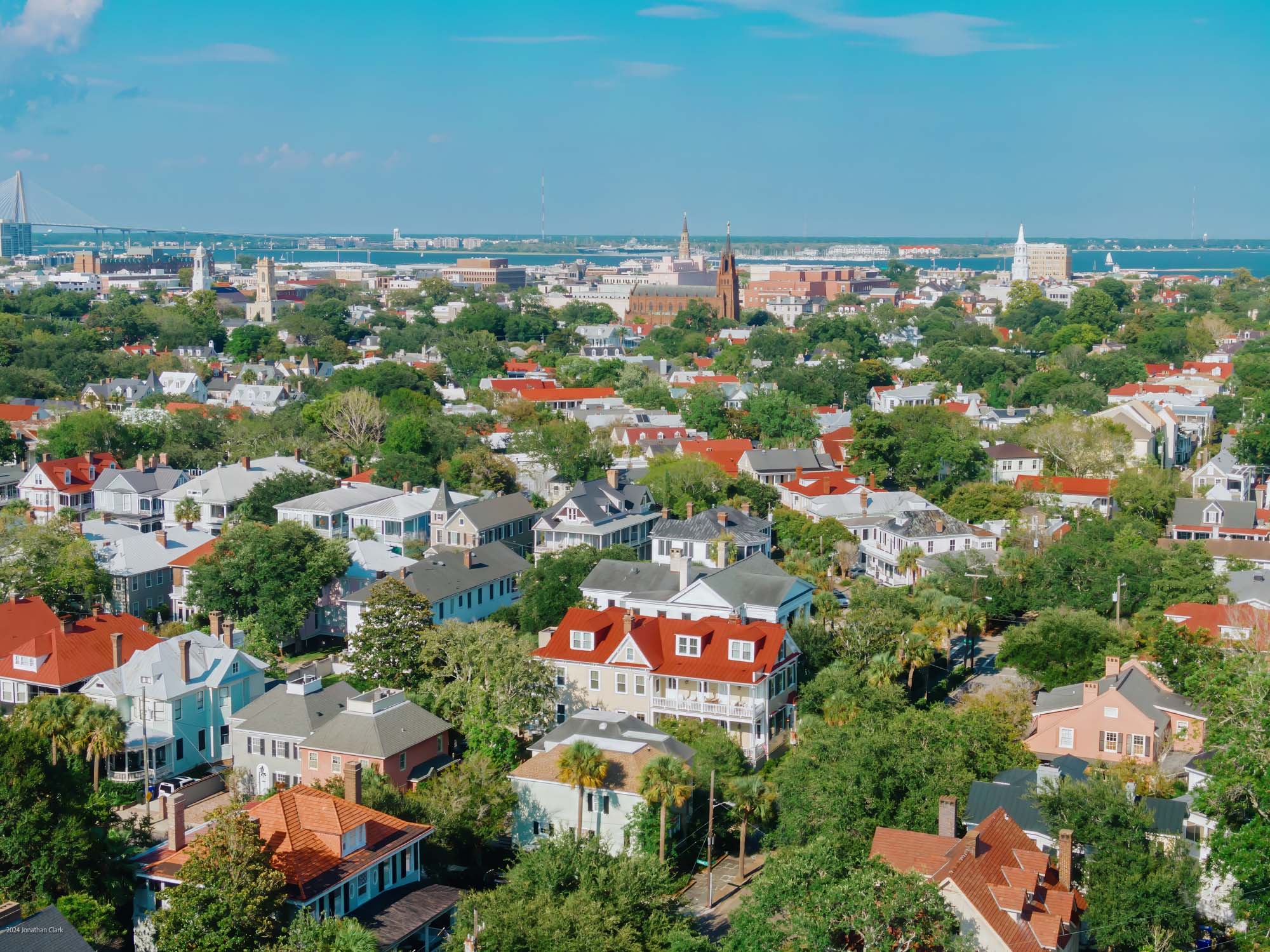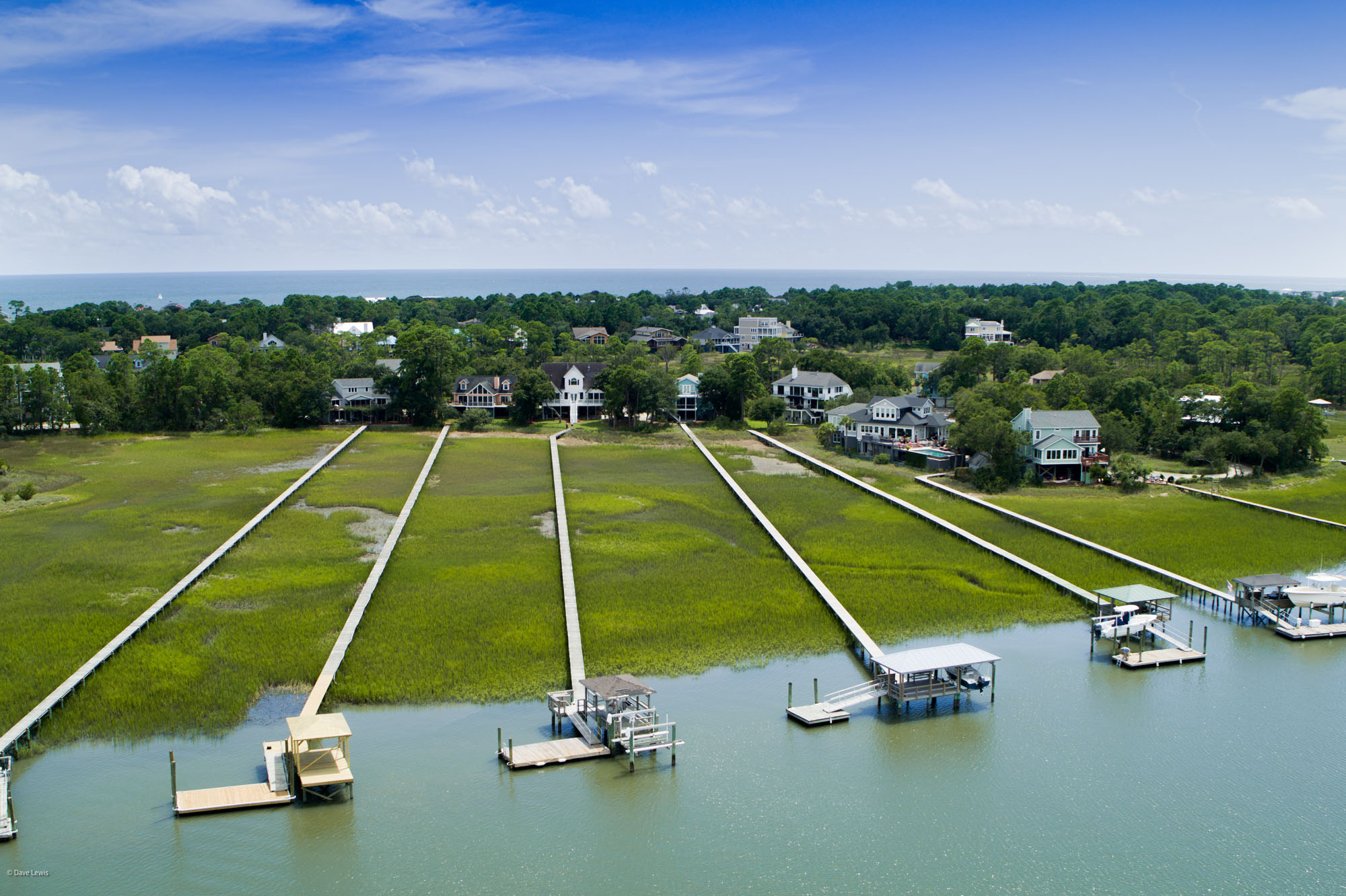Charleston Flood Zone Considerations: Building Safely in the Lowcountry
Charleston, with its historic charm and stunning waterfronts, is a dream location for many. However, its low-lying elevation and coastal proximity also mean that Charleston flood zones are a significant consideration for any property owner or prospective builder. Building exceptional homes safely and sustainably, ensuring peace of mind for years to come, is a priority in this beautiful, yet vulnerable, region.
Understanding Charleston Flood Zones
Understanding your property’s flood zone designation is the crucial first step.
- The Federal Emergency Management Agency (FEMA) publishes flood insurance rate maps (FIRMs).
- These maps delineate various flood zones, each with its own set of risks and building requirements.
- For example, Zone AE represents a higher-risk flood zone, requiring specific elevations and construction methods.
- While regulations can seem complex, they are designed to protect your investment and, more importantly, your family.
Navigating Flood Zone Regulations
Navigating these regulations requires expertise.
- Staying abreast of the latest FEMA guidelines, local ordinances, and best practices for building in Charleston flood zones is essential.
- Interpreting FIRMs and translating those designations into practical, compliant construction plans requires skill.
- Map Revisions (LOMA/LOMR-F): For specific lots, it’s possible to apply for a Letter of Map Amendment (LOMA) or Letter of Map Revision Based on Fill (LOMR-F) if an elevated property or structure is incorrectly shown in a flood zone.
- This means considering factors like Base Flood Elevation (BFE), the anticipated height floodwaters could reach during a 100-year flood event.
- Building above the BFE, often through elevated foundations, is a common and highly effective strategy.
- Design Flood Elevation (DFE): This is the required elevation for the lowest floor of a structure, determined by adding a “freeboard” (an additional safety margin, typically 1-3 feet) to the Base Flood Elevation (BFE) as mandated by the local municipality or jurisdiction.
- Coastal A Zones: These are coastal areas where wave and flood conditions during the base flood will be less severe than in V Zones, but still capable of causing significant damage to typical light-frame construction due to the potential for breaking wave heights between 1.5 feet and 3.0 feet.

Proactive Flood Mitigation Strategies
Beyond meeting minimum requirements, proactive flood mitigation is key.
- Elevate Structures: Build the lowest floor above the Design Flood Elevation (DFE) as required by local ordinances.
- Install Breakaway Walls: Utilize non-load-bearing walls on lower levels designed to collapse under flood pressure, preventing structural damage.
- Specify Flood-Resistant Materials: Use materials below the DFE that can withstand prolonged water exposure, such as concrete, pressure-treated lumber, and water-resistant insulation.
- Implement Effective Drainage: Ensure proper site grading and drainage systems (e.g., swales, French drains) to direct water away from the foundation.
- Protect Utilities: Elevate or flood-proof critical utilities (HVAC, electrical panels, water heaters) to prevent damage and ensure functionality.
Benefits of Building Safely in Charleston
The benefits of building safely in Charleston flood zones extend far beyond regulatory compliance.
- A properly constructed home is more resilient, offering greater protection against the unpredictable forces of nature.
- This can also translate into lower flood insurance premiums, saving you money in the long run.
- Furthermore, a flood-resistant home retains its value, offering a more secure investment for your future.
The “50% Rule” and Substantial Improvement
Understanding the “50% Rule”: This FEMA regulation, also known as the “Substantial Improvement” rule, applies to properties in federally designated flood zones.
- Cost Threshold: If the cost of improvements or repairs to a structure exceeds 50% of its market value (excluding land), the entire existing structure must be brought into compliance with current flood protection building codes.
- Compliance Requirements: This often includes elevating the lowest floor of the home above the Base Flood Elevation (BFE).
- Local Enforcement: Be aware that some municipalities, such as Charleston County, may enforce this rule even for properties outside of federally designated flood zones.
- Purpose and Impact: The rule aims to reduce future flood damage and can significantly influence flood insurance premiums.

Stono Construction’s Collaborative Building Approach
The approach to building should always be collaborative.
- Working closely with clients from the initial design phase through to project completion is vital.
- Explaining the intricacies of flood zone regulations in a clear, understandable way empowers property owners.
- Presenting options that balance safety, aesthetics, and budget helps in making informed decisions about your home.
Building in Charleston is a privilege, and doing so responsibly is our commitment. By prioritizing flood zone considerations, utilizing expert knowledge, and employing robust construction techniques, Stono Construction helps you build not just a house, but a secure and lasting home in this beautiful coastal city. If you’re planning to build or renovate in a Charleston flood zone, we invite you to contact us to discuss how we can help you build safely and with confidence.
